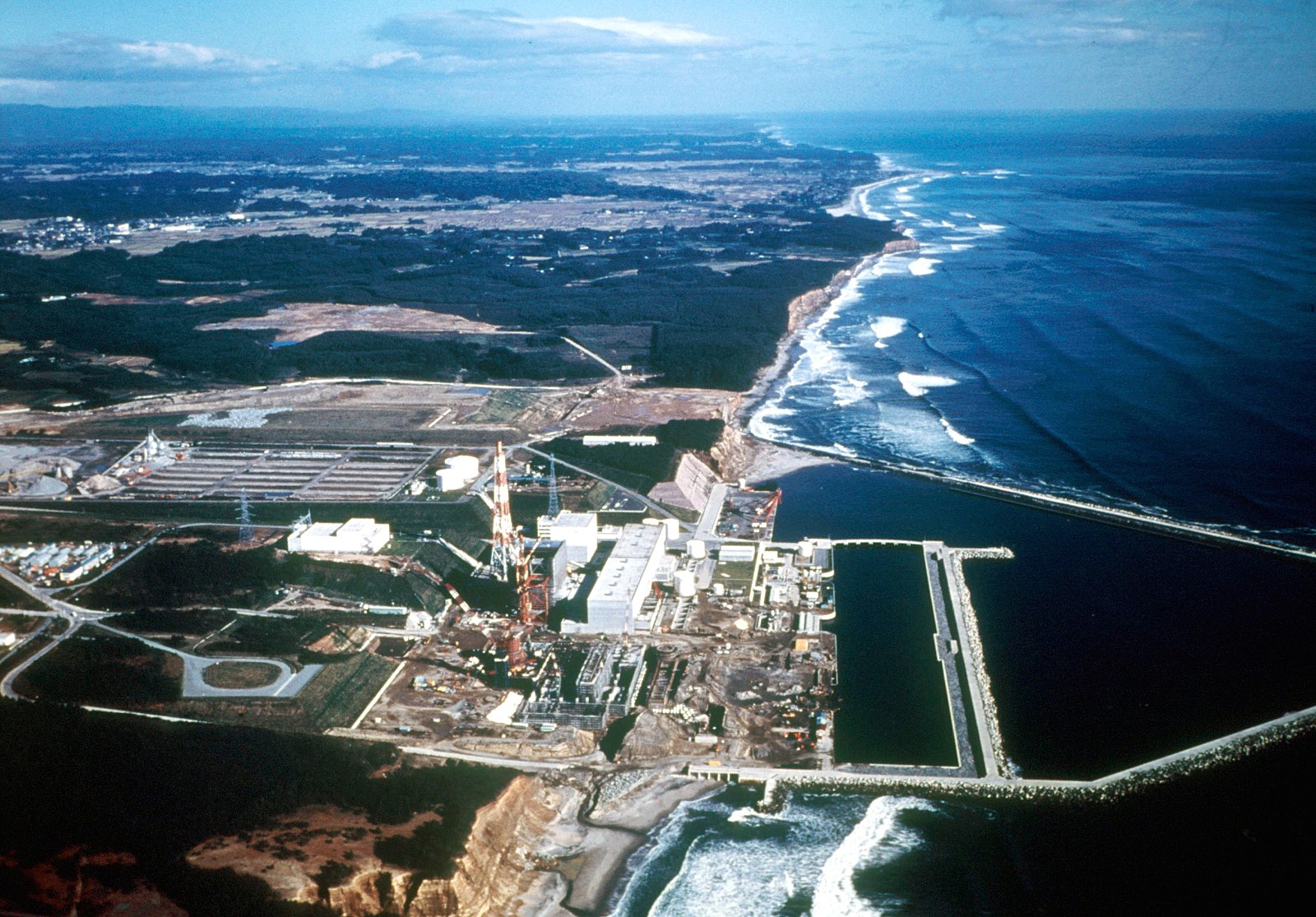Part 2 of 2 Parts (Please read Part 1 first)
Japanese LNG imports have dropped steadily since 2021. In January, they were finally back to pre-Fukushima levels. However Japan has now definitively fallen behind as the world’s biggest LNG importer.
South Korea and Taiwan are the two other major East Asian LNG importers. Their nuclear paths are diverging. South Korea joined Japan in the Cop28 declaration on tripling nuclear capacity worldwide by 2050. However, Taiwan, which could not attend officially, did not.
South Korea and Taiwan face similar challenges to Japan’s. They are densely-populated, mountainous countries with very little fossil fuel resources of their own, limited land for large-scale renewables, and geology unfavorable for carbon capture and storage. However, in contrast to their neighbor, both are recording significant growth in demand, making new power generation even more urgent. Geothermal and offshore wind are promising new sustainable sources of energy but are at early stages of development.
The previous government in Seoul planned to reduce the share of nuclear capacity on the national grid. However, climate concerns and the Ukraine crisis prompted a rethink amid soaring power demand for data centers and semiconductor factories. President Yoon Suk Yeol’s administration has begun serious discussions on constructing two to four new nuclear power plants. Any firm announcement probably has to come after elections on April 10th.
South Korea also has a successful business exporting nuclear reactors. It is developing the Smart small modular reactor (SMR). This new type of reactor could be safer and quicker to build than large conventional nuclear power plants. Saudi Arabia is working with the Koreans to commercialize the Smart SMR.
In contrast, the newly elected president in Taiwan, Lai Ching-te, will take office in May. He campaigned on closing the country’s last nuclear power plant by 2025. A referendum in 2021 on phase-out led to two reactors being shut under the incumbent. In contrast, the opposition parties in Taiwan had supported restarting these facilities.
Yet Mr. Lai may need to reconsider. Tensions with China are high, and the Taiwan could be blockaded in the event of conflict. Without nuclear power, most of Taiwan’s electricity comes from fossil fuels, yet it has a target of net-zero by 2050.
Falling LNG consumption in these established East Asian LNG markets is critical for the global picture. First, it helps improve the supply-demand balance since the shock of 2022. That will increase once major new supplies hit the market from the US, Africa and Qatar from 2026 onwards.
Second, China is now the leader in LNG volumes. It is much more flexible because it can turn to other gas imports, its own domestic output and coal when LNG prices appear excessive. Because of this, it pays a lower price than its neighbors. Last March it paid just twelve dollars per million British thermal units. South Korea paid about eighteen dollars for the same number of units, Japan paid fifteen dollars and Taiwan paid fourteen dollars. It is therefore both less reliable and less profitable for LNG sellers, but too big to ignore.
The story of nuclear power in East Asia features the modern global themes of energy security, affordability, and climate. It also illustrates how growth in new technologies is unexpectedly raising electricity requirements. In addition, it shows how changes in one energy source ripple through interconnected global markets.
Nuclear Reactors 1348 – Japan Struggles To Restart Its Nuclear Power Reactor Fleet – Part 2 of 2 Parts

